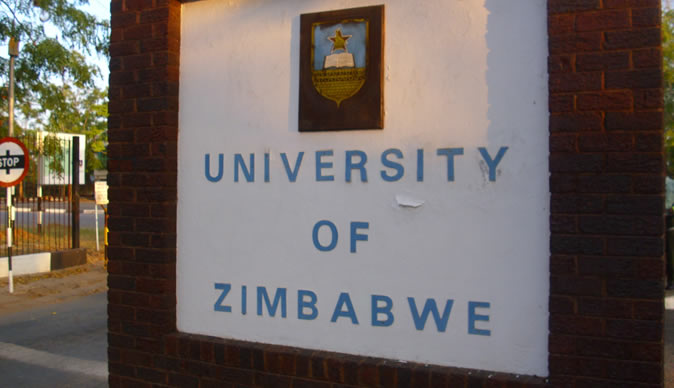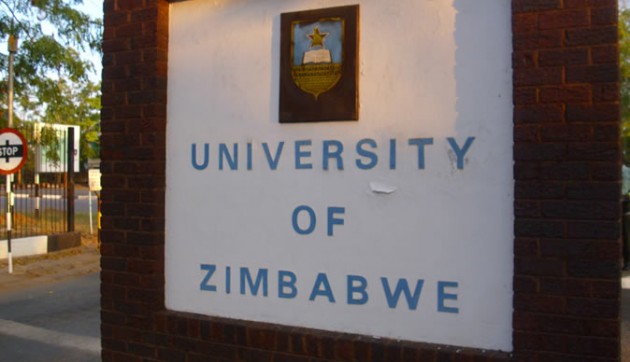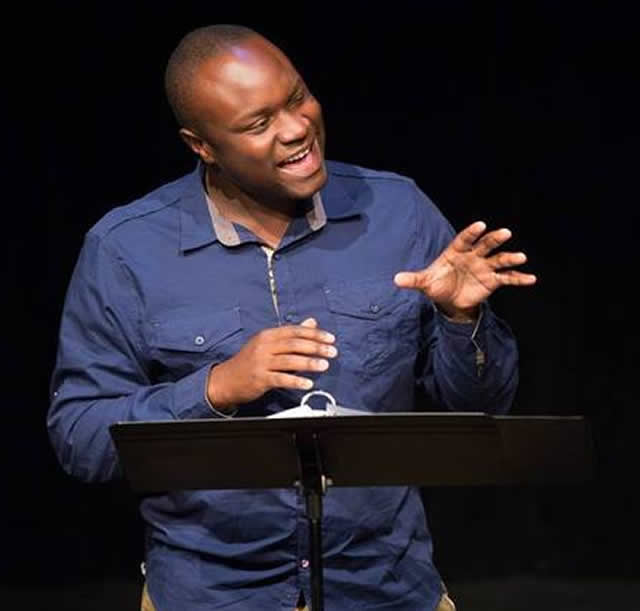Contextualising Zim’s education model in Diaspora

 Obi Egbuna Jnr Simunye
Obi Egbuna Jnr Simunye
When the groundbreaking documentary “Mugabe: Villain or Hero” produced and directed by British based Ghanaian filmmaker Roy Agyemang was shown at Chicago State University (CSU) in October of 2013, one of the key discussion points during the question and answer period was the patriotism
and resolve of Zimbabwean teachers and students, who are the backbone of an educational system that boasts Mother Africa’s highest literacy rate of 97 percent .
Our former colonial and slave masters are well aware how that very startling statistic not only peaks the curiosity of so-called African-Americans who marvel at this particular achievement whenever it is brought to their attention, but also serves as an invaluable tool of ammunition, that can be used against US-based politicians, journalists and human rights NGOs who have gone beyond the call of duty to paint President Mugabe as Africa’s worst dictator.
After Brother Agyemang’s film concluded, the coordinator of the African-American studies at CSU and chair of the Chicago Council of Black Studies Dr Kelly Harris alongside the director of the African-American Male Resource Centre Ronald Kwesi Harris, agreed that every historical black college and university (HBCU) and predominantly black institution (PBI) should study how Zimbabwe keeps its schools opened despite the hardships and obstacles US-EU sanctions present, especially since every HBCU and PBI are struggling more than ever before to prevent from shutting down.
At the beginning of 2016 Illinois’s Republican Governor Bruce Rauner announced that due to depleted funds designated for the 12 public universities, CSU would have to close its doors at the end of February, due to protests by students a compromise has been reached to postpone spring break and end school in April .
The current president of CSU, Dr Thomas Calhoun, was forced to bring to the attention of Governor Rauner that 42 percent of CSU’s students are first generational college students and 55 percent of the student body come from homes below the poverty level. An article entitled “America’s mass shooting capital is Chicago” showed that the neighbourhood West Garfield in 2014 had a homicide rate per capita of 112,7 percent, which exceeded the Central American nation of Honduras whose homicide rate per capita of 90 percent was the highest on planet earth. This same neighbourhood had an average income of just $10 000 and 40 percent of the households residing there live below the poverty datum line.
It would be interesting to hear what US President Barack Obama has to say about Governor Rauner’s desire to shut down CSU, since the governor was an advisor to the current Mayor of Chicago, Rahn Emmanuel, who was the president’s Chief of Staff during his first term in office, and a personal friend of Mr Arne Duncan, the US Secretary of Education who previously served as the CEO of Chicago Public Schools. In what could be mockingly called an act of solidarity with Governor Rauner, Mayor Emmanuel has shut down 50 public schools in Chicago.
When CSU initially opened it was for Irish immigrants, however, as the urban demographics changed in Chicago, it emerged as the hub for so-called African-American students to pursue degrees in the field of higher education.
Another connecting point for CSU to Zimbabwe is between the years of 1950-1979 which at one point was Chicago’s teachers’ college, proudly served as the official training ground for public schools in Chicago’s so-called African-American neighbourhood and communities, this history would resonate with President Mugabe personally who before becoming a freedom fighter of the highest order was an incredible schoolteacher in his own right.
Because so-called African-Americans don’t distinguish between HBCUs and PBIs, it comes as no surprise that CSU like its HBCU counterparts is a recipient of the Thurgood Marshall College Fund that was created in 1987 by the Miller Brewing Co, Sony Music, the National Basketball Association and the American Association for State Colleges and Universities to raise money for public HBCUs.
The financing of HBCUs and PBIs is a microcosm of the point often articulated by President Mugabe concerning how Sadc and the AU finance themselves moving into the future, especially when you are depending on philanthropists-turned-politicians like Governor Rauner who personally is worth hundreds of millions of dollars.
The governor is also a previous recipient of the Philanthropist of the Year award given to him by the Chicago Association of Fund-raising Professionals, which is ironic due to the fact in recent years was a disturbing trend of problems in long-term care homes owned by the governor’s companies including death of developmentally disabled residents in bathrooms, deplorable living conditions, sexual assaults and failure of employees to stop residents from harming themselves. The governor has also cut child care assistance in the state of Illinois by 90 percent.
The three HBCUs who currently have the largest student enrolment are Florida A&M University, North Carolina A&T University and Howard University with none of them exceeding 13 000 students, where Zimbabwe’s Midlands State University in Gweru has 28 000 undergraduates and 3 000 post-graduates, followed by the University of Zimbabwe that has 11 200 undergraduates and 500 postgraduates.
Another HBCU facing the same challenge is Southern University (SU) in the State of Louisiana which as recently aas five years ago was told by the former governor Bobby Pindal that it made both fiscal and logistical sense for SU to be dissolved into a predominantly white institution (PWI), we also saw Sojourner Douglass College who had campuses both in Baltimore and the Bahamas forced to shut down its operations, in Lawrenceville, Virginia, St Paul College also had to pull the plug.
Since the African Union has declared 2016 the African Year of Human Rights with special emphasis on women, it must also be taken into strong consideration that in the last 50 years, women’s colleges inside US borders have declined from 240 to 50.
The State of Illinois has approximately 12 public universities who like CSU due to $4,1 billion in budget cuts are skating on thin ice, this dilemma is under the watchful eye of a governor who was once chair of Chicago’s public education fund.
One of the justifications for swooping down on HBCUs and PBIs like vultures is the inability to develop and sustain programmes that are culturally specific to the needs of so-called African-Americans. This point of view is challenging these institutions to stop behaving like slaves and embrace their extended family whether US imperialism likes it or not.
When President Mugabe reminds Africans at home and abroad that the brain drain remains our biggest social challenge, these powerful words help us collectively understand the broader ramifications of watching CSU and schools part of our HBCU/PBI family fall by the wayside. According to the United Negro College Fund 70 percent of so-called African-American doctors and dentists, 50 percent of so-called African-American engineers and 35 percent of so-called African-American engineers are products of HBCUs and PBIs. This tells us that US-EU sanctions aimed at crushing Zimbabwe’s educational infrastructure and the struggle to maintain HBCUs and PBIs are the same fight.
- Obi Egbuna Jnr is the US correspondent to The Herald and the external relations officer of ZICUFA(Zimbabwe Cuba Friendship Association). His email is [email protected]









Comments